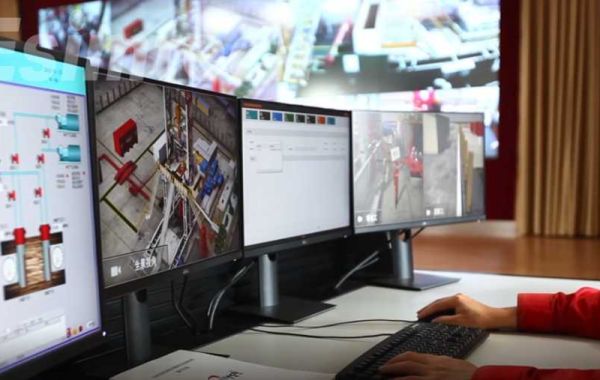This is where animation steps in as a game-changer. By bringing well control procedures to life through engaging visuals, animation offers a powerful tool for enhancing understanding and retention of these critical practices.
Why Animation?
Traditional training methods, while valuable, often struggle to fully capture the intricacies of well control. Textbooks and diagrams can leave learners grasping for a complete picture, especially when it comes to the dynamic flow of fluids and pressures downhole. Animation, on the other hand, bridges this gap by:
Visualizing the Invisible: It allows us to see the unseen, taking viewers on a journey deep into the wellbore to witness mud circulation, pressure changes, and the effects of well control procedures.
Making the Complex Simple: Complex concepts like kicks, wellbore pressure gradients, and the U-tube effect become clear and intuitive through animation.
Engaging Learners: Animated sequences can hold attention and make learning more interactive, boosting information retention compared to static presentations.
Benefits for Everyone
Whether you're a seasoned well control professional, a trainee just starting out, or someone curious about the oil and gas industry, animation offers numerous benefits:
Enhanced Training: Trainees can gain a deeper understanding of well control principles, leading to improved decision-making skills in real-world scenarios.
Refresher Courses: Experienced personnel can use animation-based training to refresh their knowledge and stay sharp on critical procedures.
Industry Outreach: Companies can leverage animation to explain well control practices to the public, fostering transparency and understanding.
The Future of Well Control Training
As technology advances, animation is poised to play an even more vital role in well control training. Here's a glimpse into what the future might hold:
Interactive Animations: Imagine interactive elements that allow users to manipulate variables and observe the resulting effects on wellbore pressure and flow.
Virtual Reality (VR): VR experiences could place trainees in a simulated well control environment, providing a truly immersive learning experience.
By harnessing the power of animation, the oil and gas industry can create a generation of well control professionals who are not only knowledgeable but also confident in their ability to manage these critical procedures safely and effectively.
Do you have any experiences with using animation for well control training? Share your thoughts in the comments below!








